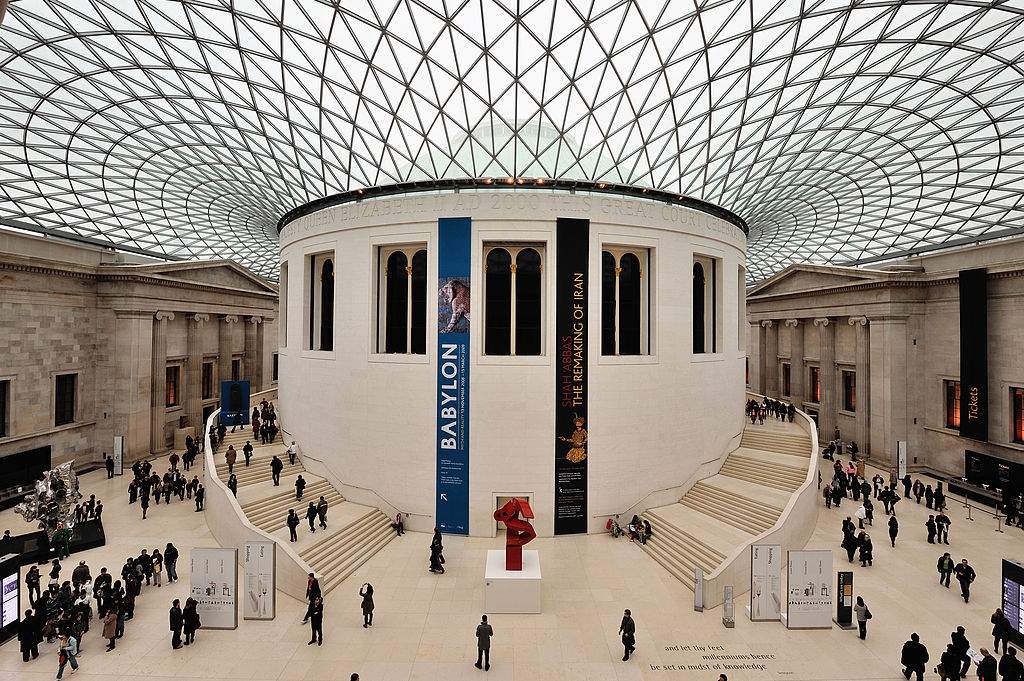Fragments of Greek temples in British Museum storerooms. The discovery of an Italian doctoral student
The British Museum in London has some fragments of artifacts in its storerooms that may belong to ancient Greek temples. The discovery was made by an Italian student, Giuseppe Rignanese, an honors student at the Scuola Normale di Pisa, who in the course of research onGreek and Roman archaeology found fragments attributable to Greek temples. These would be architectural finds acquired by architect Henry William Inwood and Lord Thomas Bruce, Earl of Elgin, in the early 19th century.
This is not, however, the only discovery made by Rignanese: thanks to his efforts and research, the doctoral student is producing anupdated edition of the catalog of ancient Greek architectural artifacts preserved at the British Museum.
The project kicked off last February and is coordinated by Peter Higgs, senior curator of the British Museum’s Greek and Roman Department.
“It is an honor for me to be able to engage with the study of such artifacts, the only and partial edition of which dates back to A.H. Smith’s catalogs of the late 19th century. Thanks in part to the study of the archives, it will be possible to provide an up-to-date catalog of such artifacts in order to rediscuss their chronologies, attributions to their respective monuments and provenances. The specimens I have identified will shed light on certain aspects of Athenian building history with consequent implications on the topographical knowledge of the Polis,” said Giuseppe Rignanese.
“We felt that Giuseppe Rignanese could update Smith’s catalog in a systematic way, given his great expertise in the history of ancient architecture,” Higgs explained. “Already in the past, I have entrusted the study of important materials in our collection to the students of Gianfranco Adornato, professor of the Course in Archaeology and History of Greek and Roman Art at the Scuola Normale, who have tried their hand with equal skill. Rignanese started the research from our databases and repositories and was able in a short time to identify point comparisons in other collections and trace the provenance or even the contexts.”
He added, “I was extremely impressed with his research, his observational skills and the way he approaches the issues. His skill goes beyond research and goes hand in hand with his skills in drawing and interpreting materials and his skills in digitally reconstructing fragments. All this work will have a great impact in the field of ancient architecture and is worthy of publication. We will support and assist Giuseppe Rignanese in this project in every possible way.”
Pictured is the entrance to the British Museum. Ph. Credit Eric Pouhier
 |
| Fragments of Greek temples in British Museum storerooms. The discovery of an Italian doctoral student |
Warning: the translation into English of the original Italian article was created using automatic tools. We undertake to review all articles, but we do not guarantee the total absence of inaccuracies in the translation due to the program. You can find the original by clicking on the ITA button. If you find any mistake,please contact us.




























